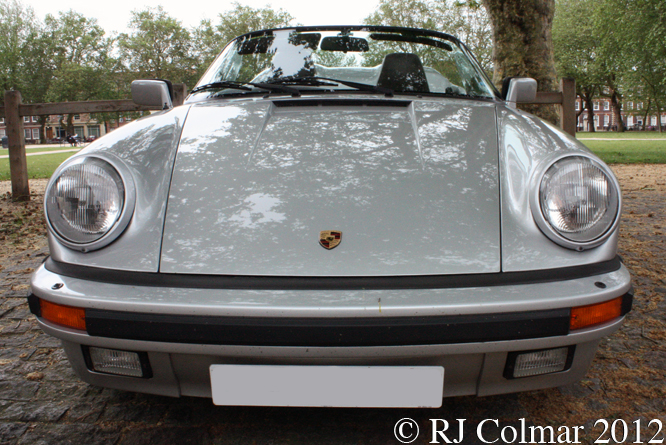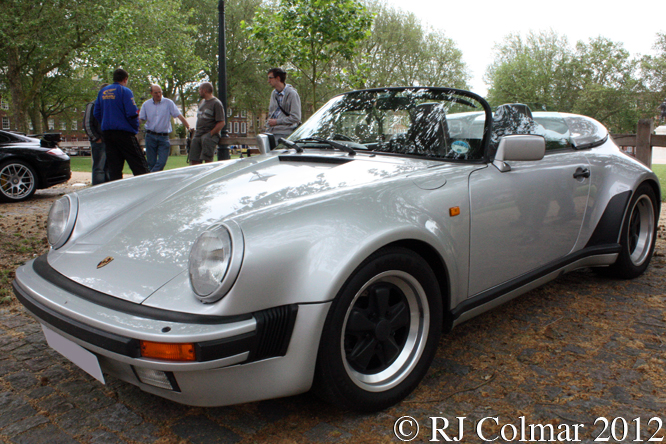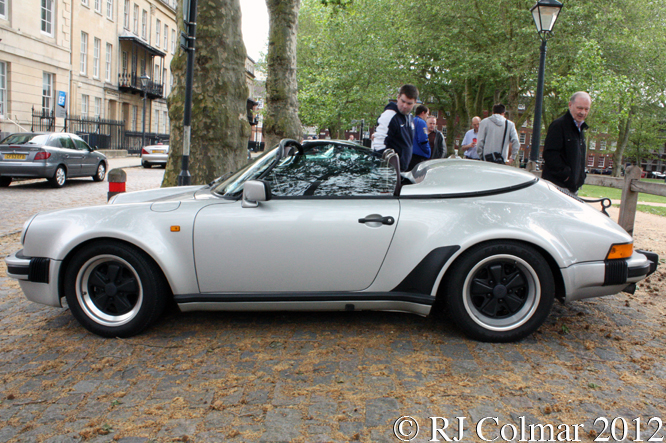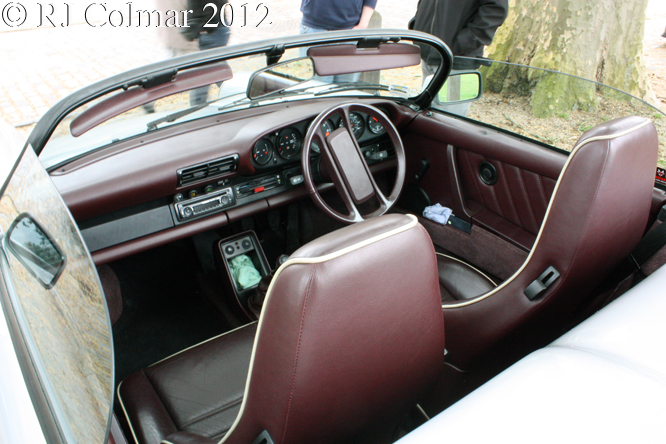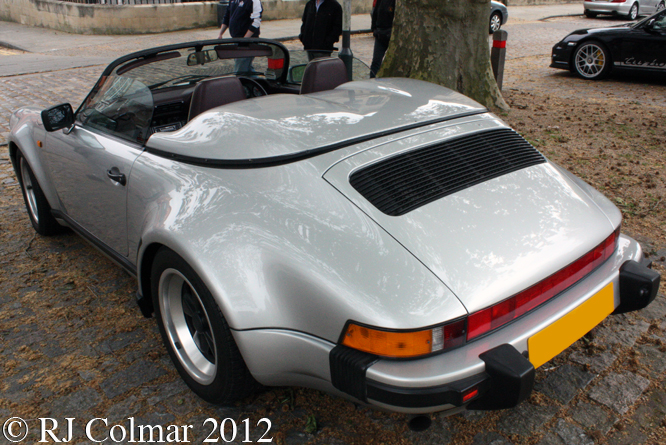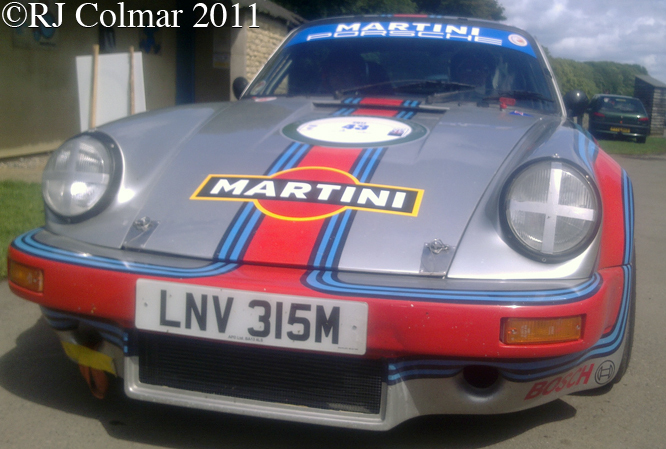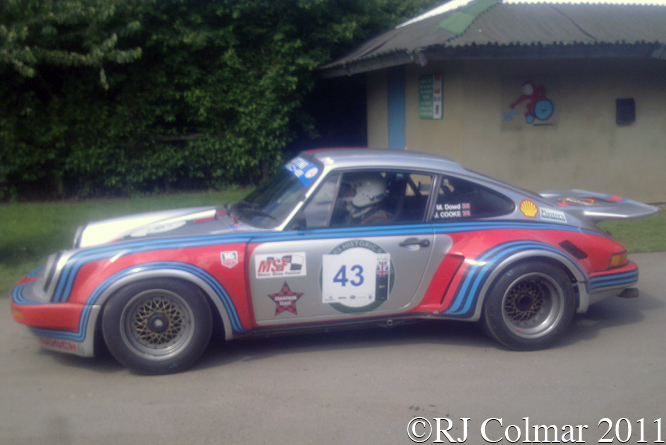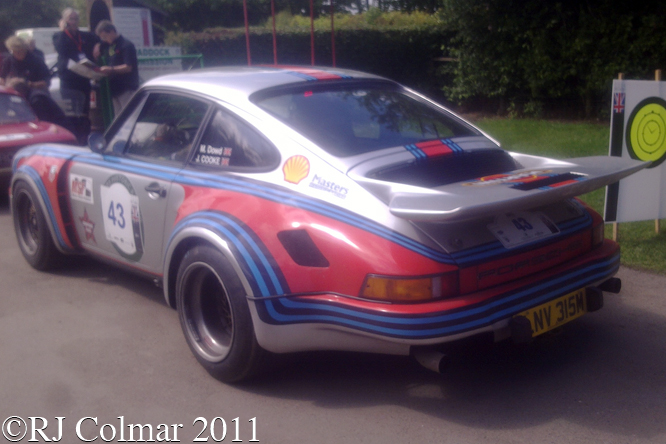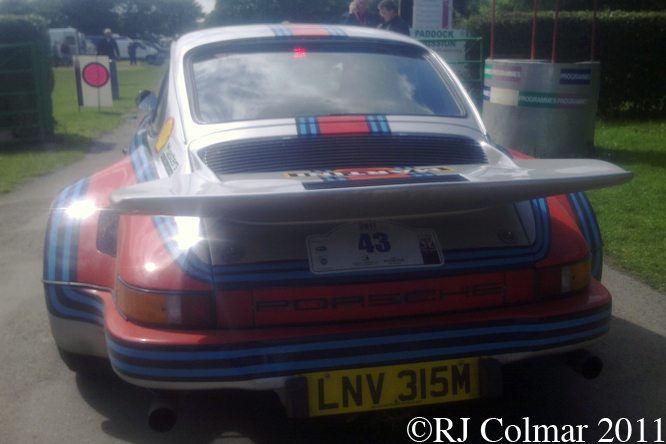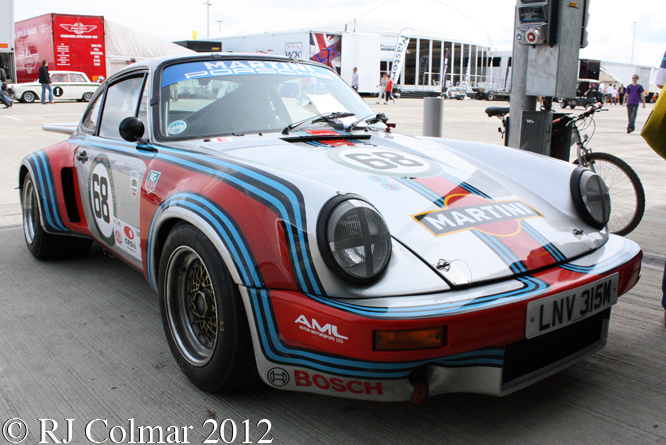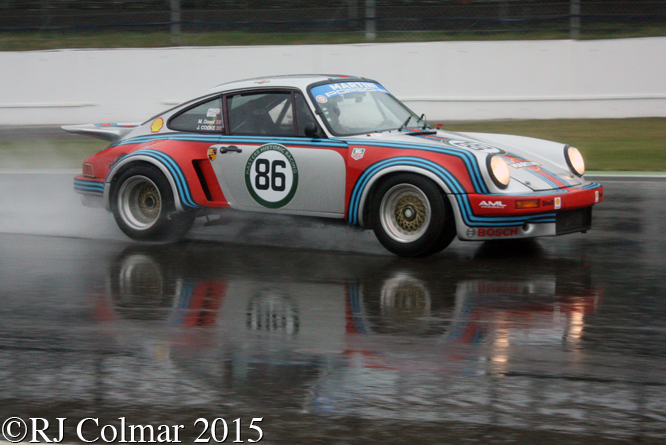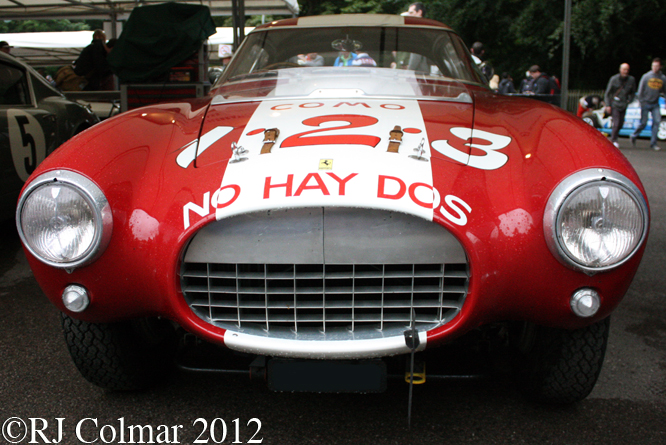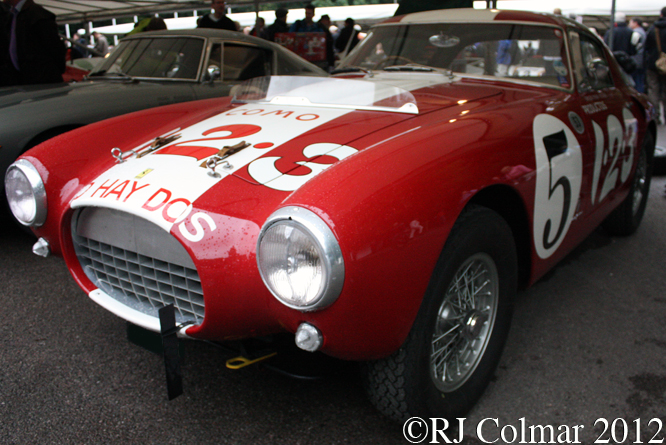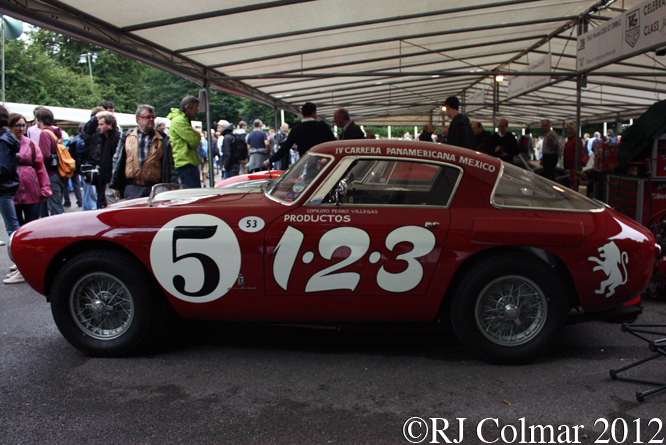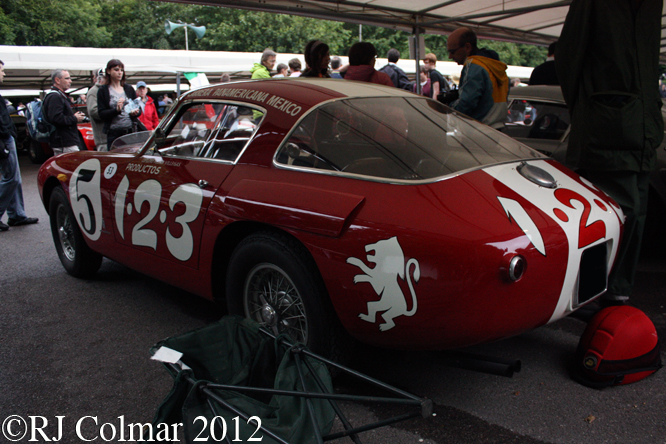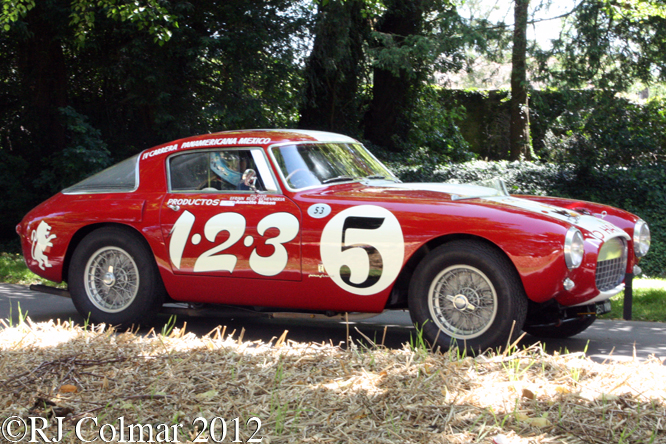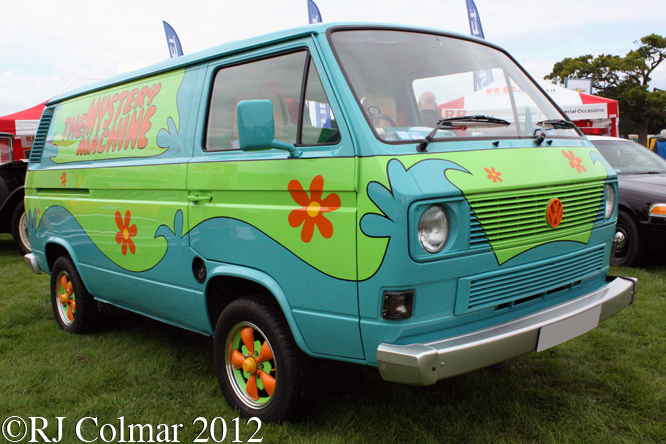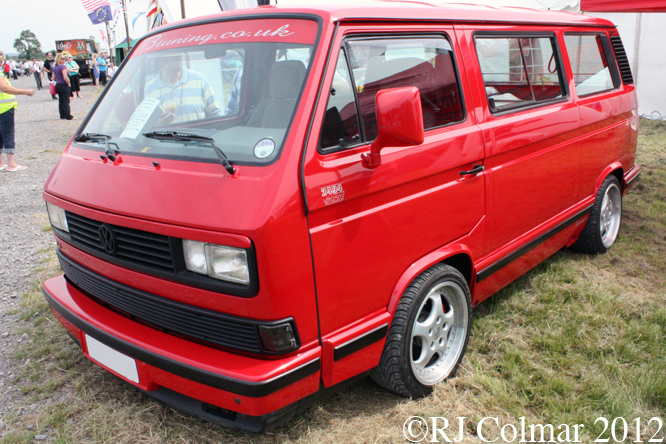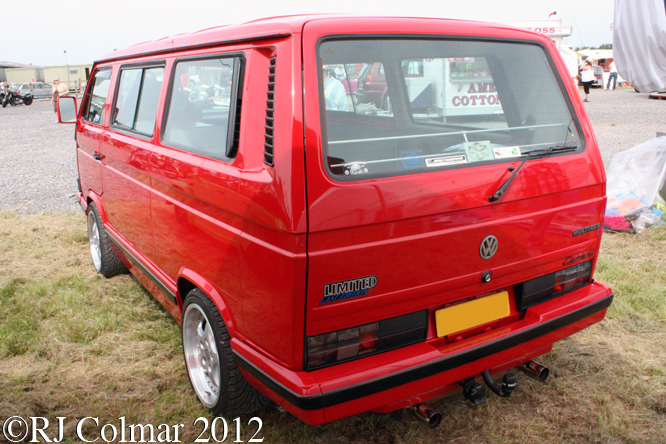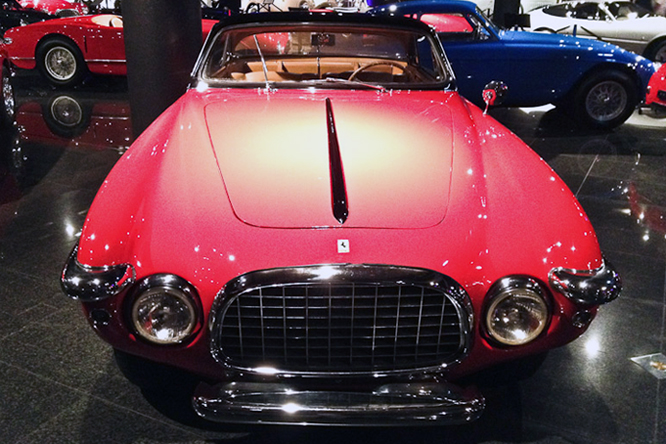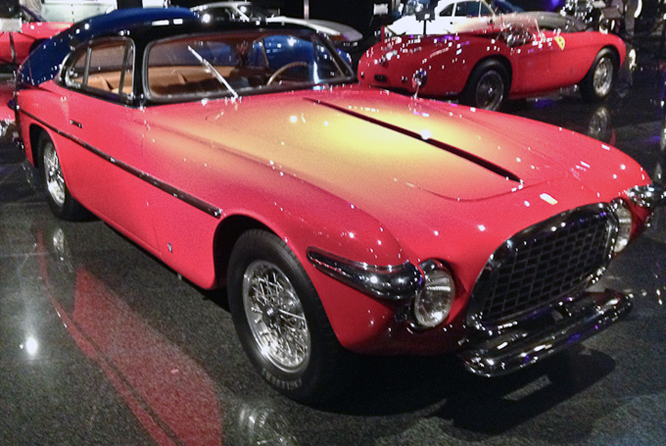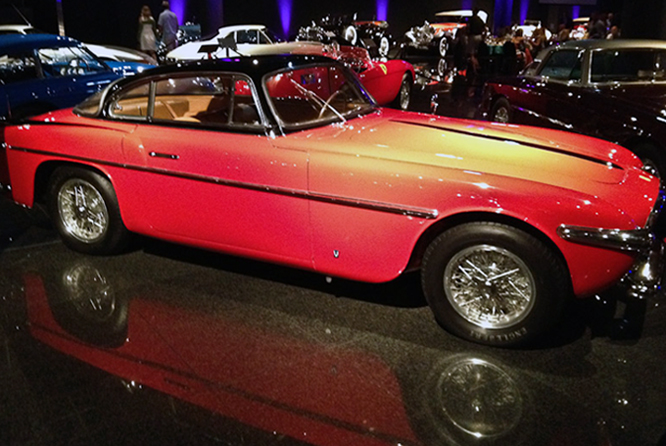The advantages of a hemispherical cylinder head are that it makes an efficient combustion chamber with minimal heat loss to the cylinder head, however there are numerous difficulties to be overcome to make such a head reliable and commercially viable due to the complexity of the cross flow valve gear, the need for domed piston crowns to attain the necessary compression ratio and the need for high octane fuel to prevent inefficient and destructive detonation in the combustion chamber.
Chrysler engineers began developing hemispherical combustion chambers in 1940 for an inverted V16 that powered a prototype for the P.47H Tunderbolt and was considered for the XP.60C, but the motor was so delayed it never went into production.
Later Chrysler also worked on a hemi head design with Continental for the 810hp Continental AV-1790-5B V12, air-cooled twin-turbo gasoline engine that powered the M47 Patton Tank which was manufactured from 1951 to 1953.
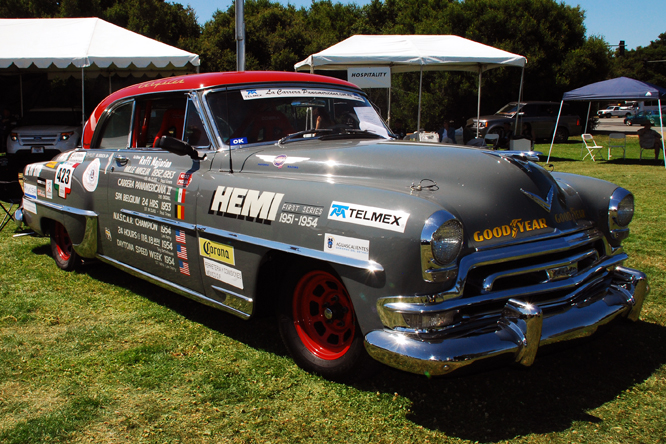
In 1951 Chrysler introduced it’s first FirePower V8’s with hemispherical heads on the New Yorker and Imperial models and as an option for the Saratoga.
Bill Sterling and Robert H. Sandidge drove a Hemi powered Saratoga to a third place finish in the 1951 Carrera Panamericana finishing behind two Ferrari 212 Inters, less than 16 mins behind the winning car driven by Piero Taruffi and Luigi Chinetti.
Similarly Belgian Paul Frére drove Hemi powered Saratogas’s to class wins at the Mille Miglia and Spa 24 Hour races, Lee Petty won the first of his three NASCAR titles in 1954 scoring seven victories in Hemi powered Chryslers and Dodges.
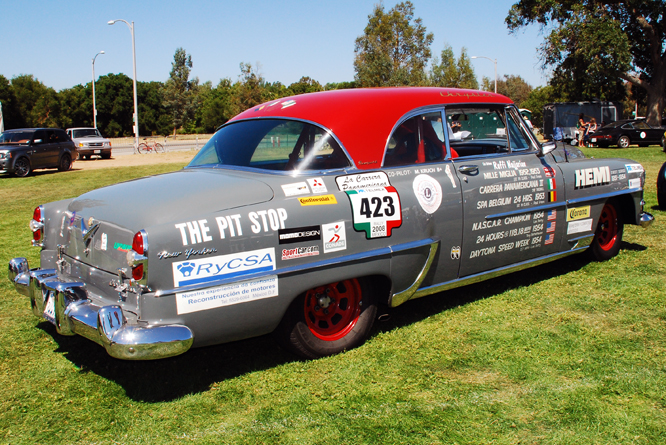
The grill on today’s featured car suggests that it is a Chrysler New Yorker Deluxe Newport built for the 1954 model year which was fitted with a 235 hp version of the Hemi that was good for a theoretical top speed of 97 mph.
New Yorkers appeared on the Carrera Panamericana in 1951,’52 and ’53 but were not as successful as the Saratoga, Reginald McFee scored the models best result a 12th place finish in 1952.
Today’s featured New Yorker was driven on the 2011 Carrera Panamericana by David Buchanan and New York auto engineer Raffi Najjarian dropping out on day 2, I believe they finished third in class with the same car in the 2015 edition of the event.
My thanks to Geoffrey Horton for sharing these photographs taken at Palo Alto Concours d’Elegance in 2011.
Thanks for joining me on this “Hemispherical FirePower” edition of “Gettin’ a li’l psycho on tyres” I hope you will join me again for Ferrari Friday tomorrow. Don’t forget to come back now !


